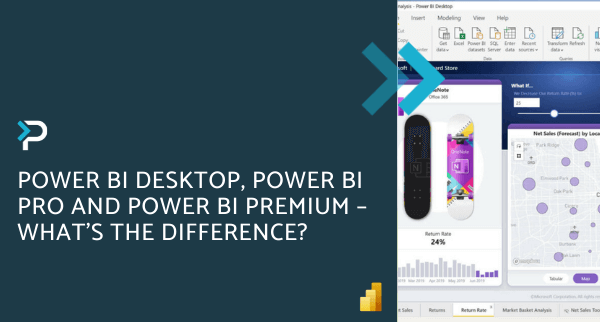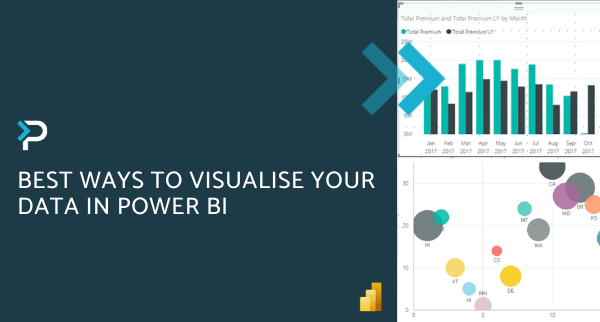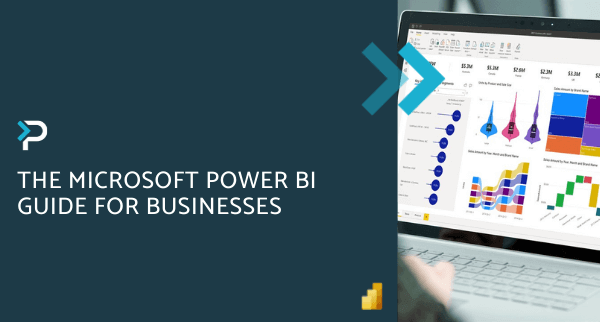Top 10 Tips for Designing Power BI Dashboards
Top 10 Tips for Designing Power BI Dashboards
March 20th, 2024
5 min read
Power BI is Microsoft’s powerful analytics and reporting tool, enabling users to drill down into their data to gain deeper insights and therefore make more informed decisions. This data is displayed in reports and dashboards, so users can easily see the metrics they need at a glance. Within Power BI, there is a myriad of features available that can be used to make your reports more engaging and visually pleasing, as well as deliver all the information you need.Within this blog post, we talk you through our top tips for designing sleek and eye-catching Power BI dashboards…
10 Tips for Designing Power BI Dashboards
1. Consider your audience
When designing your dashboard consider your audience – what information will help them to make successful decisions? How will the dashboard be used and by who? Remember, your dashboard is an overview of your reports and datasets. Your audience can drill down into the reports from your dashboard, therefore you don’t need to put all of the detail into your dashboard. You should also consider the device your readers will be viewing the dashboard from, if it is part of a large presentation on a big screen you can include more content but if it will be viewed on tablets or desktops, a dashboard with fewer tiles will be easier to read.
2. Avoid over-complicating the dashboard
Dashboards provide a single place to view your key data at a glance. Therefore, having all the tiles on one screen is considered best practice, as well as avoiding scroll bars. When editing your dashboard, consider what data is essential to be seen and remove data that is non-essential. This way, users can easily consume and act on the information displayed.
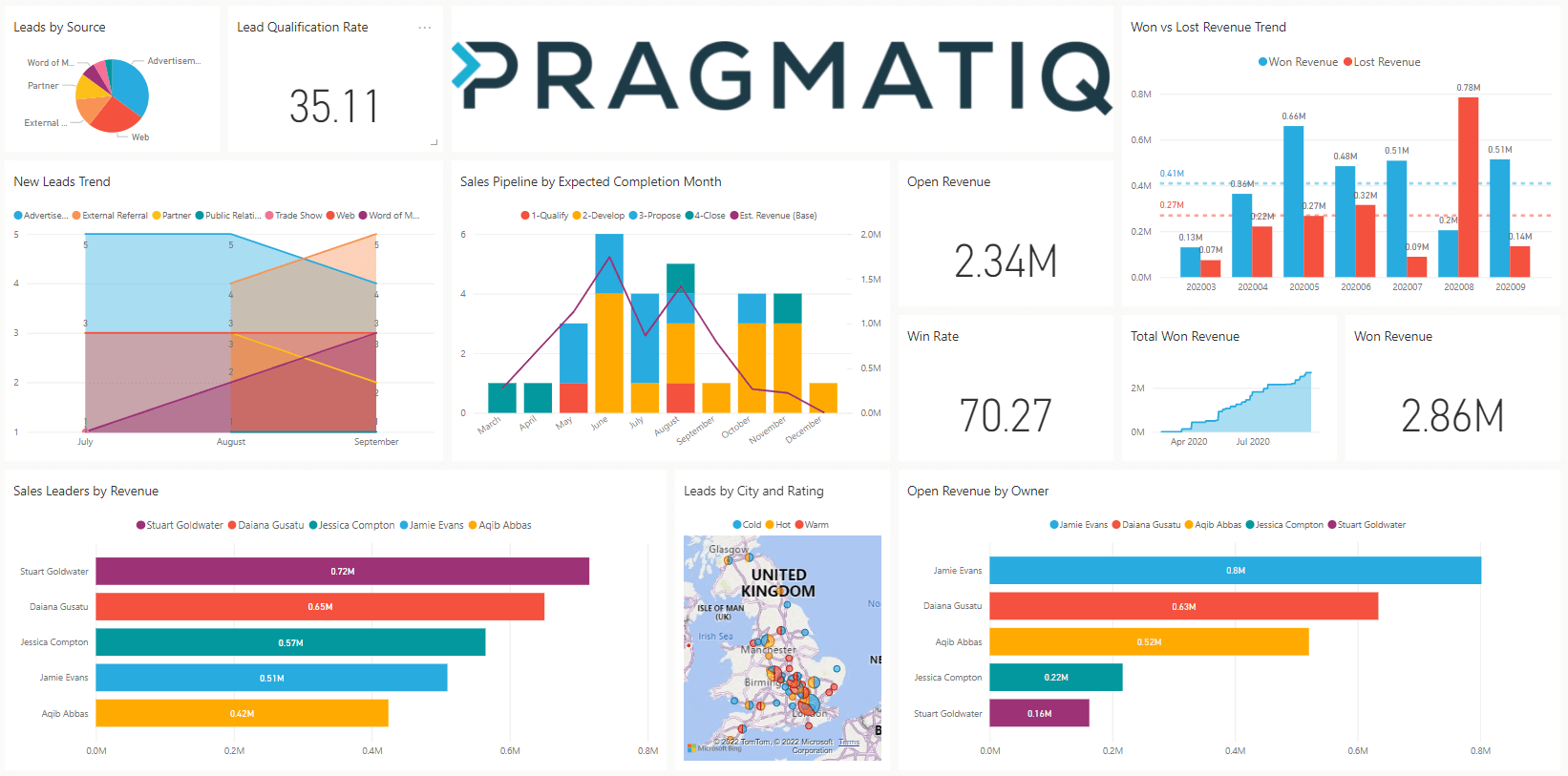
3. Use a theme
A theme can only be implemented within the desktop app, but once it has been set, it can be saved for future use. A theme includes colours, background, fonts, visualisations and the colour your filter pane will appear in. As well as making your report more cohesive, it will save you time manually changing the elements.
4. Utilise full-screen mode
When presenting your dashboard, ensure your dashboard is displayed in full-screen mode to avoid distractions.
5. Think about page layout
Most people read from left to right so consider this when placing your data. Keep your most important information in the top left corner and display more detail as you move across and down the page.
6. Use the right visualisation for the data
The visualisations you use should be easy to read and interpret; charts are good for numbers, whereas cards make your key data stand out. We asked our Technical Consultant and Power BI Expert, Nick Metcalfe, for his top tips when selecting and using visualisations:
- Explore the visualisations – Use a variety of visualisations and explore the App source to access new visualisations to freshen up your reports
- Format your visualisations – Decide on a format for your visualisations (background colour, header colour, fonts and font sizes) and then stick with this across the dashboard for a uniform and professional look
- Circular charts – Be aware of when to use pie, donut or other circular charts. These types of visualisations are best if there are fewer than eight categories as it is harder to compare values in a circle in comparison to a bar or column chart
- Be consistent with chart scale – Ensure you maintain consistency with chart scale on axes, chart dimensions and the colours you use for values
- Don’t mix your measures – Whether it’s timescales or quantities, don’t mix measures on the same scale
Blog Post: Discover what visualisations are available in Power BI in this blog post.
7. Use slicers
Though you can achieve the same functionality via the filter pane, adding slicers to the report can improve the look and ease of use of the report. Try different types of slicers, drop down, list, sliders, etc.
Top tip from Nick: There are two ways to display list slicers – horizontal and vertical, try both and see which looks best.
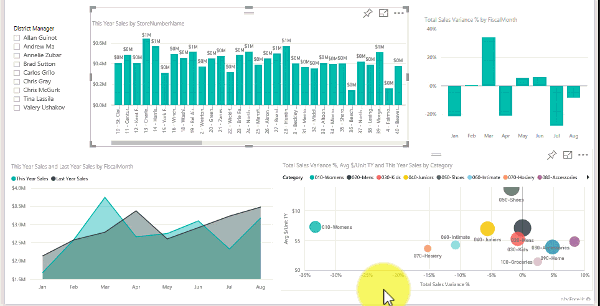
8. Utilise bookmarks
If your page is looking too full, try using bookmarks and buttons to show and hide visualisations. This maintains a minimalistic design whilst still getting as much information in as possible and can be particularly useful for adding slicers to reports.
9. Use tooltips
No matter how good your dashboard looks, some of the data can be meaningless without context. You can use ‘tooltips’ to quickly provide the necessary context and allow users to drill down further into the information, with just one click. We recommend keeping the dashboard more high-level and adding tooltips to provide the additional detail, without taking up space.
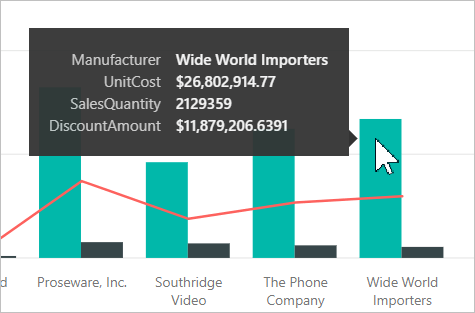
10. Experiment with different things
Despite the tips we have suggested, don’t be afraid to experiment and try different things. Try moving where the header is displayed, test where you put slicers but implementing it on a small area first, play around the with the page orientation, or change the layout of the visualisations – the possibilities are endless!
Get in Touch
If you would like more information about Microsoft Power BI, please get in touch by emailing us at info@pragmatiq.co.uk, or calling us on 01908 038110.
Want to keep in touch?
Sign up to our newsletter for regular updates.
"*" indicates required fields
